Detailed Analysis and Design Report: Self-Checkout Systems
VerifiedAdded on 2020/07/22
|8
|820
|192
Report
AI Summary
This report provides a comprehensive analysis of self-checkout systems, focusing on their design and functionality. It begins with an introduction that defines self-checkout systems and highlights their role in modern retail. The report then uses the waterfall model to explain the system analyst approach, breaking the process into requirements, design, implementation, verification, and maintenance. Data flow diagrams and entity relationship diagrams are included to visually represent the system's components and processes, such as product selection, scanning, and payment. The report also explores potential improvements, including enhancing traffic flow, increasing security, and providing better customer support through efficient bagging areas and mobile applications. The analysis includes a case study of Tesco's self-checkout system, detailing the item scanning and payment processing stages. The conclusion summarizes the benefits of self-checkout systems and offers recommendations for further improvements. The report references several books and journals to support its findings and provide a solid foundation for understanding self-checkout systems.
1 out of 8
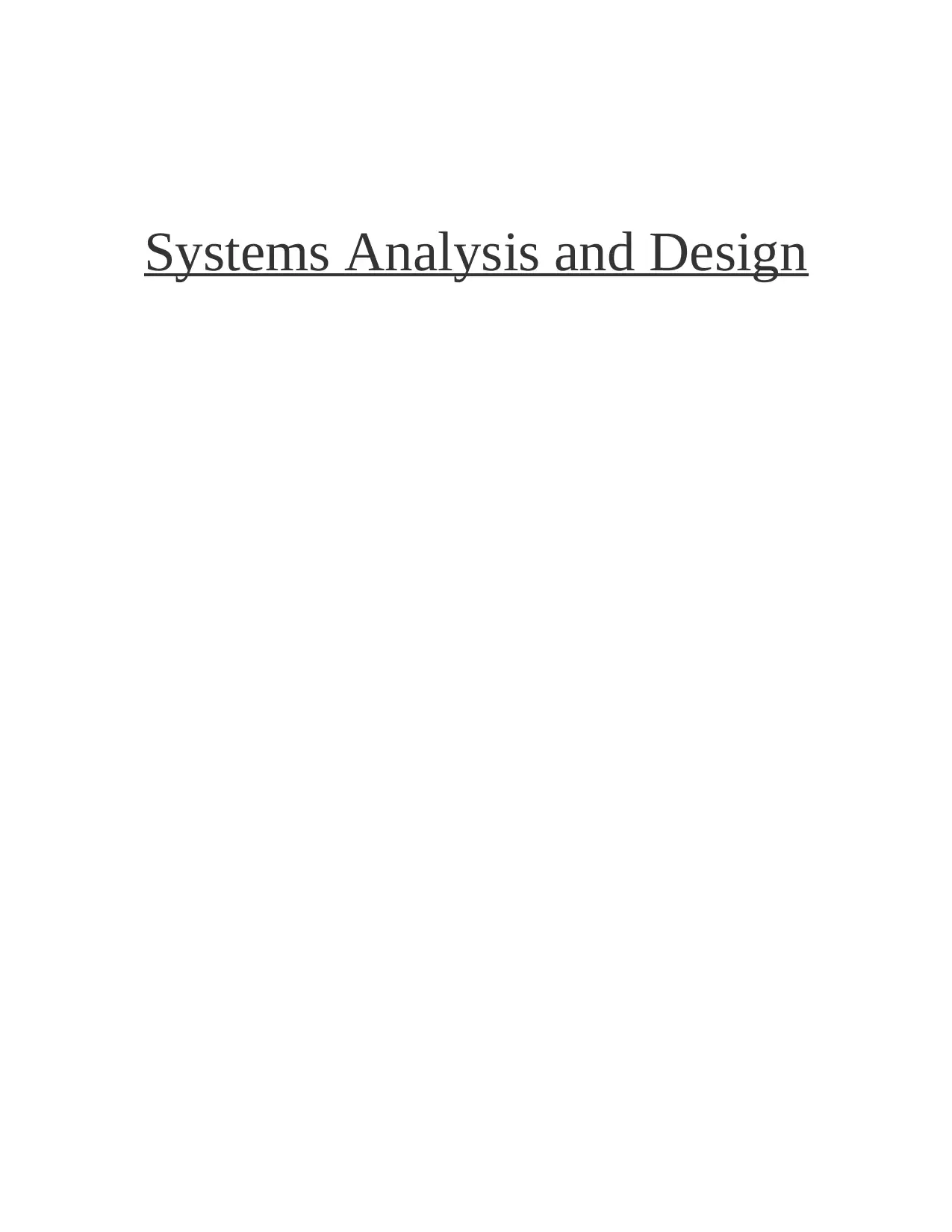

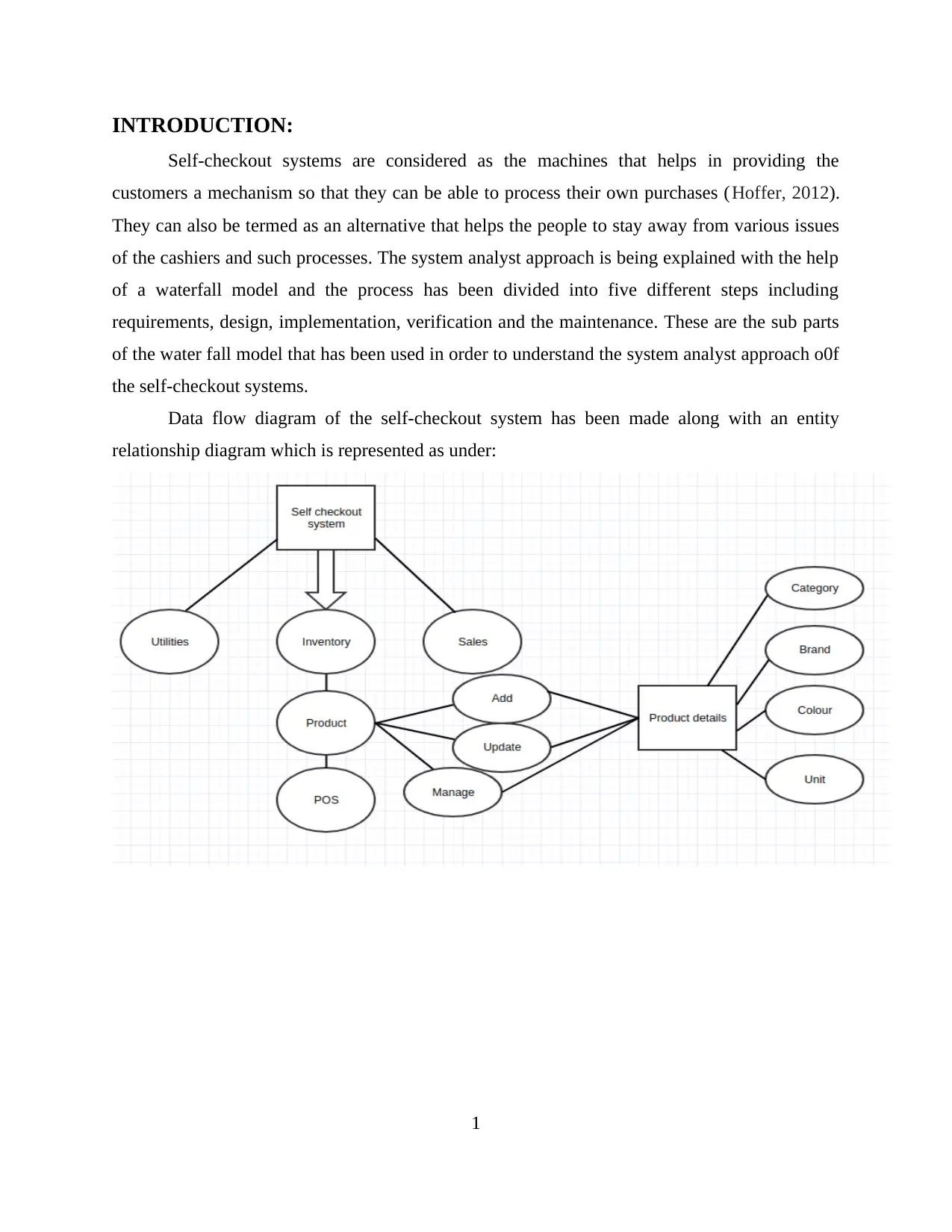

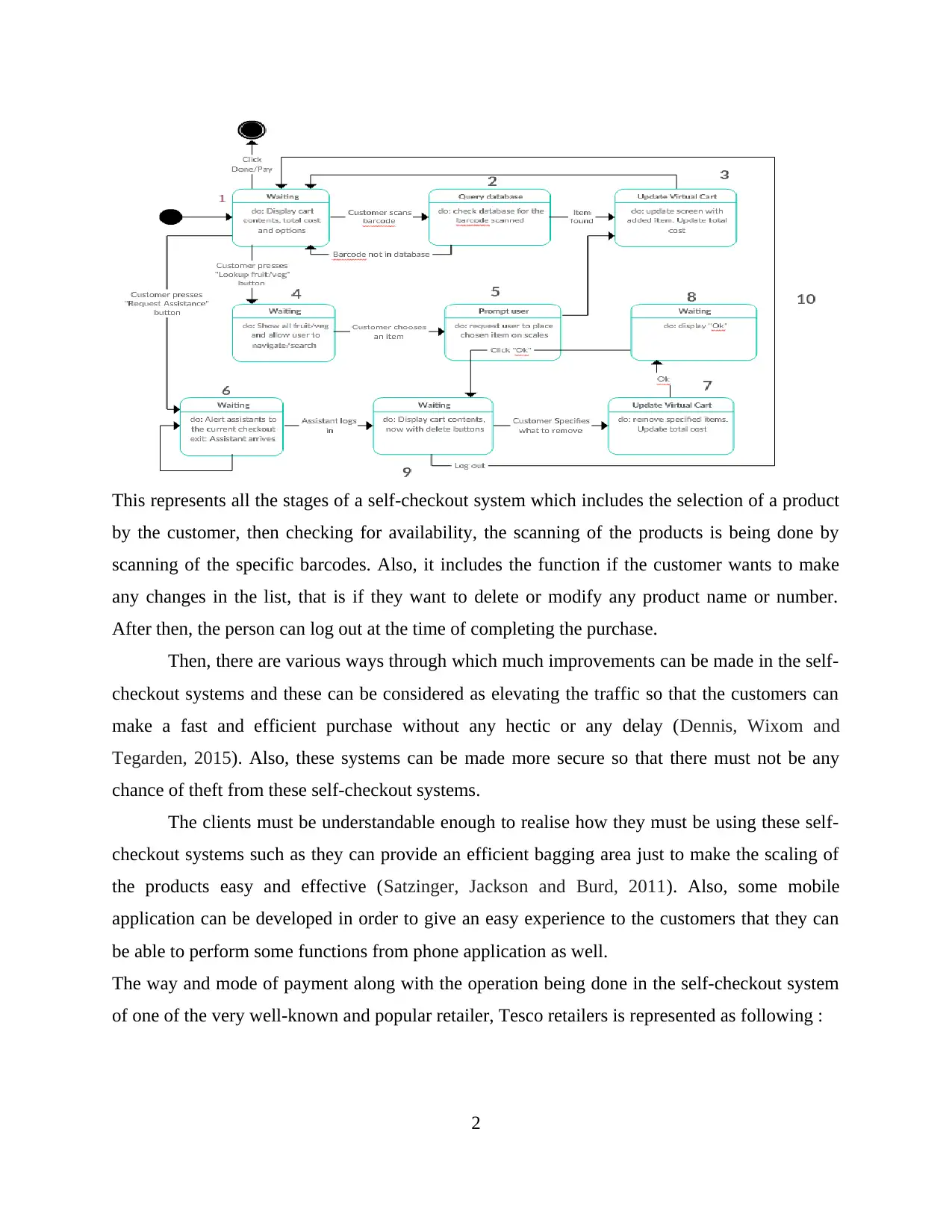
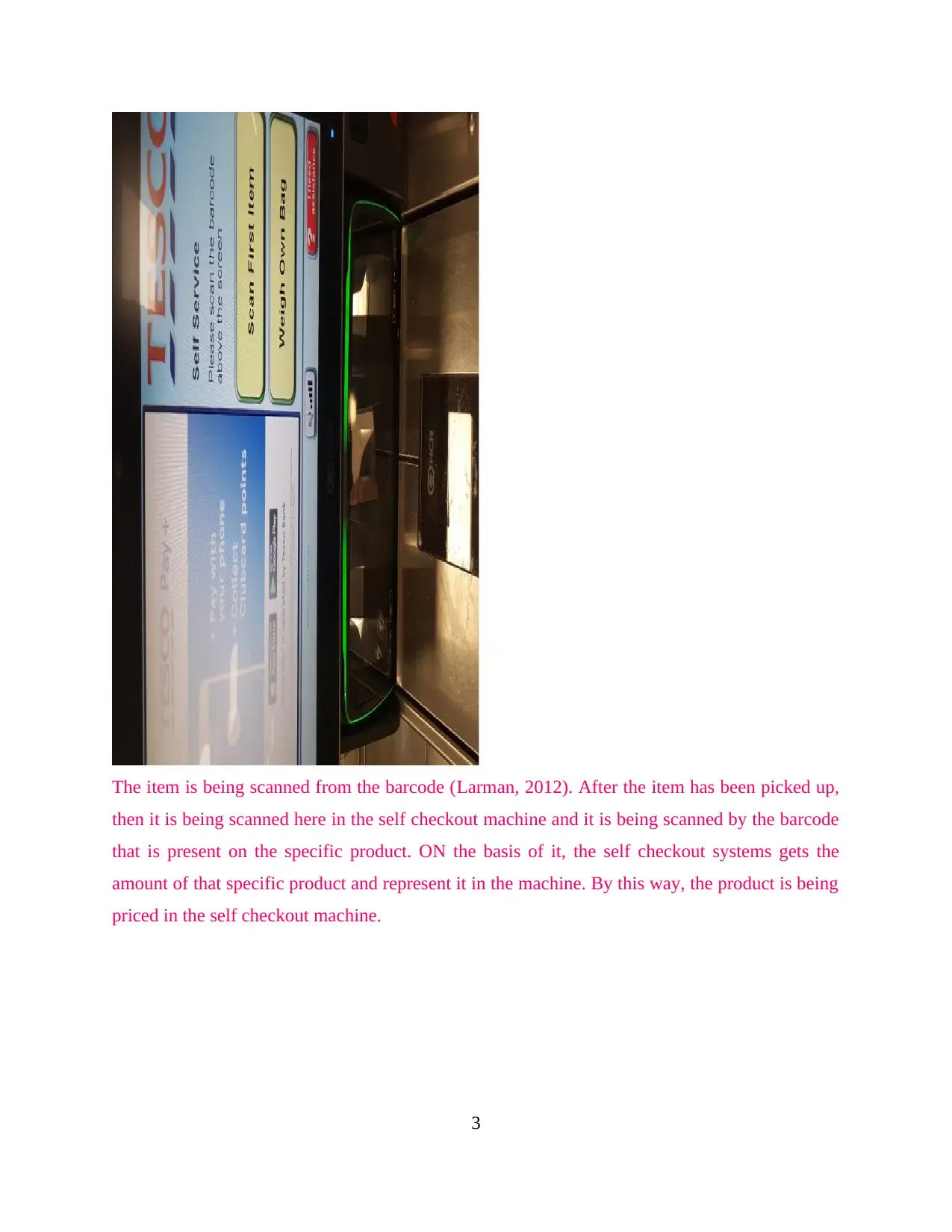
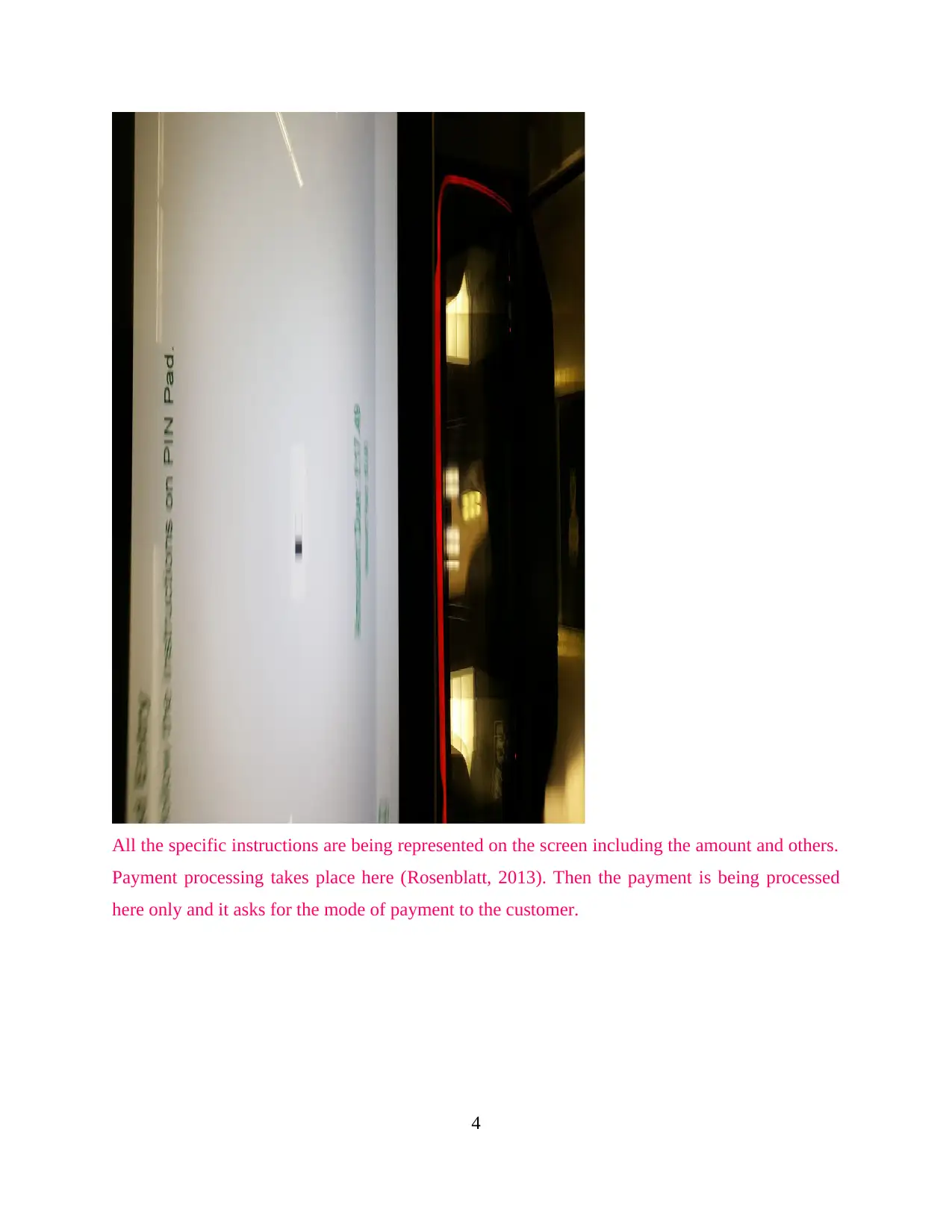
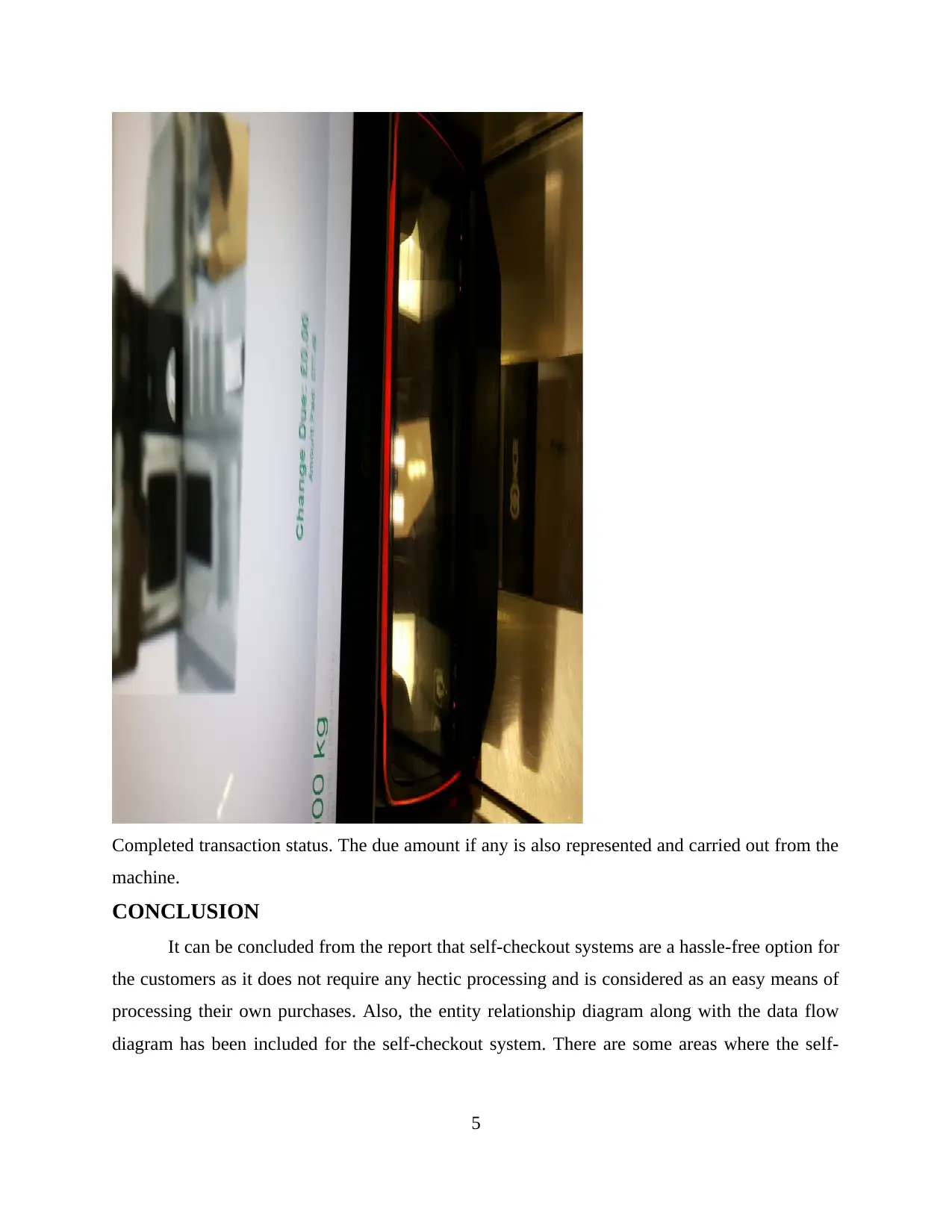
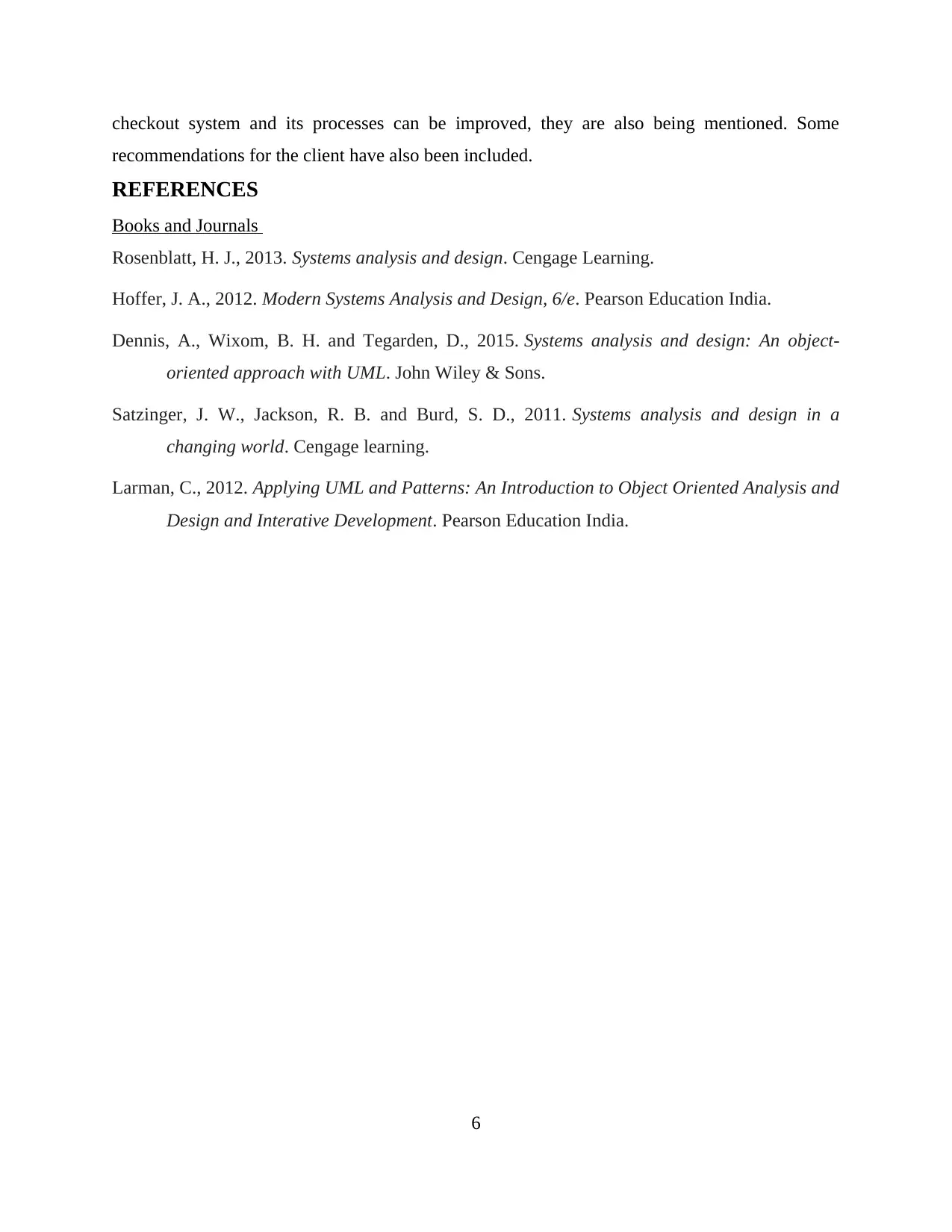






![[object Object]](/_next/static/media/star-bottom.7253800d.svg)